Seen on Sunday's Walk
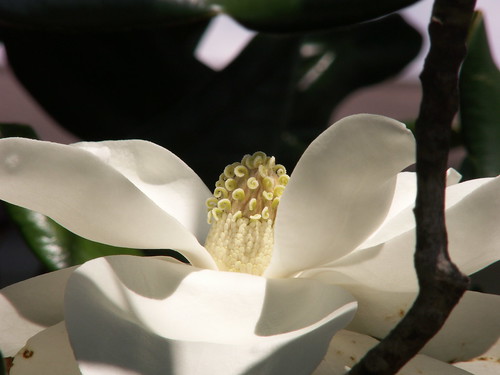
Large view
Our "post office walk" covers a distance of about two miles.
According to Floridata.com, "This native American tree (Magnolia grandiflora, Family Magnoliaceae) occurs on the coastal plain from North Carolina, south to central Florida, and west to east Texas," and is the state flower of Mississippi and Louisiana.
Here's a close-up, this time with bug added!
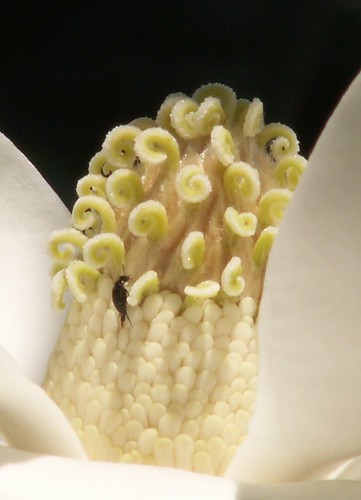
Large view
An unopened blossom:

Large view
And a seed pod. I wonder if Carl Faberge came across any of these before or while designing his eggs.

Large view
The crape myrtles (Lagerstroemia indica, Family Lythraceae, also called "southern lilacs") are in bloom.

Large view
Says Floridata.com, "Originally from Asia, crape myrtle has been naturalized throughout the United States as far north as Massachusetts, where it grows as an herbaceous perennial. First introduced to England and the United States in the eighteenth century, crape myrtle is now widely cultivated throughout the world."
Figs (Ficus carica, Family Moraceae) grow along a fence separating a neighbor's yard from the strip mall near the post office. We're having a bumper crop this year.
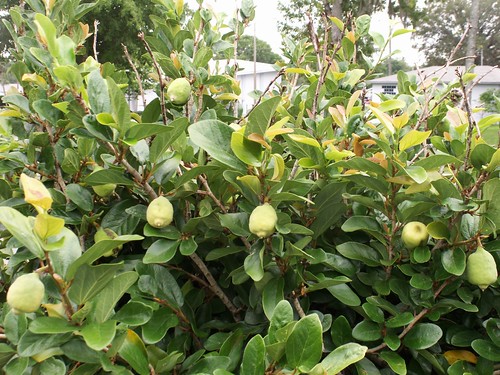
Large view
Says the University of Florida, "Figs seldom attain tree size in Florida. When frozen to the ground, they sucker from the base and form a bush."
Here's a side view of an unripe fig:
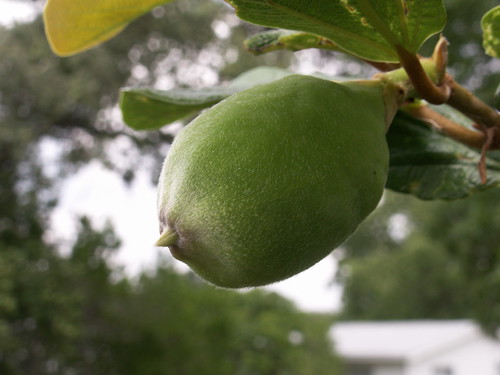
Large view
Another one, face-on:
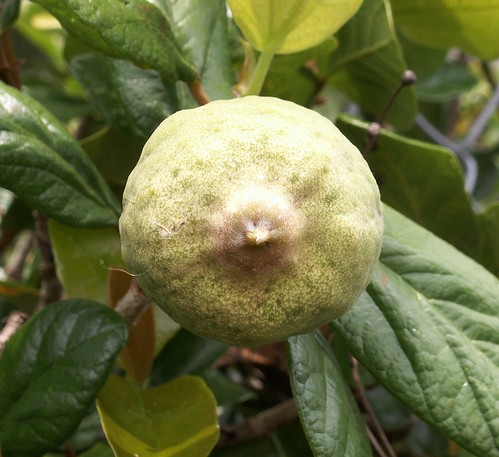
Large view
Ripening:

Large view
Insects included a moth whose ID I'm still trying to pin down. I found this low on the wall of the strip mall a quarter mile from our home, a couple of inches off the ground.
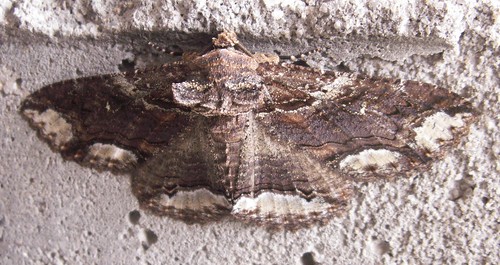
Large view
At first I thought I was looking at a Geometrid moth, but chances are that this is a Lunate Zale (Zale lunata, Family Erebidae). It might also be a Colorful Zale (Zale minerea). Both species include Florida in their range. The lunata is larger and much more common. I estimate this moth's wingspan as being about 40mm, which fits both species. The minerea tends to be brighter, so this is likely lunata. Here are the Bugguide.Net pages for the Lunate and Colorful Zales, respectively.
We also came across quite a few Eastern Lubber grasshoppers (Romalea microptera, Family Romaleidae), most of them still juveniles. From the size of this one, it looks just about ready to molt into its adult coloration.
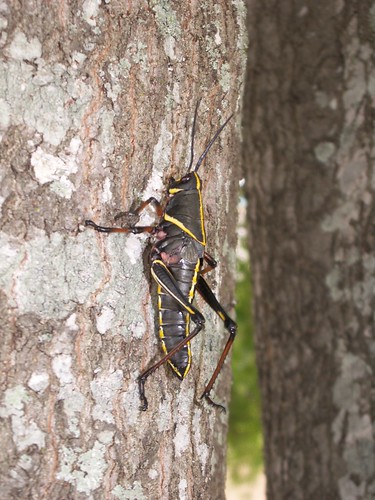
Large view
These are huge, flightless grasshoppers, ranging up to 70mm for females according to Bugguide.Net. They start out tiny, as in this gathering I photographed on one of our oak seedlings two years ago:
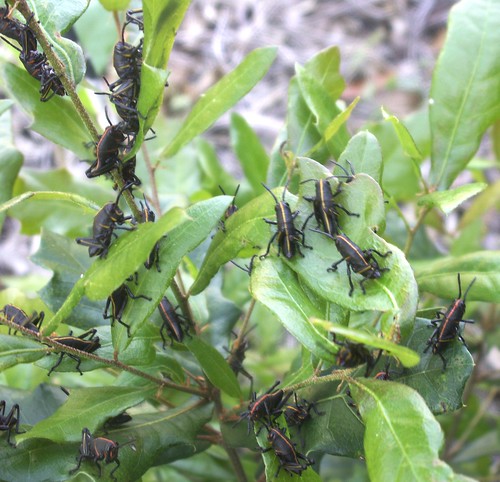
More detail is in the large view. I've also posted a video. You'd think the seedling would have been eaten to the ground, but despite this crowd it remained undamaged.
I thought the racing stripes were pretty cool -- but the adults can be downright psychedelic. Here's a video of an adult in our loquat tree two years ago. I took this shot last year:
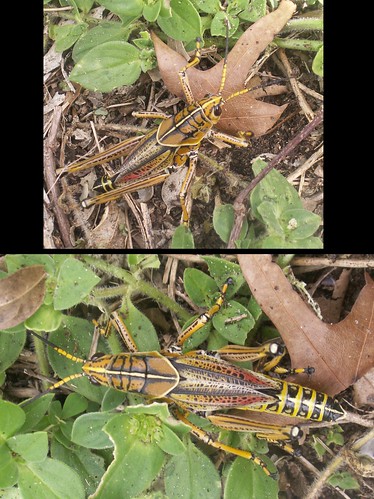
Large view
And, of course, I had to do a riff on the 1970s-era kitten, also last year:
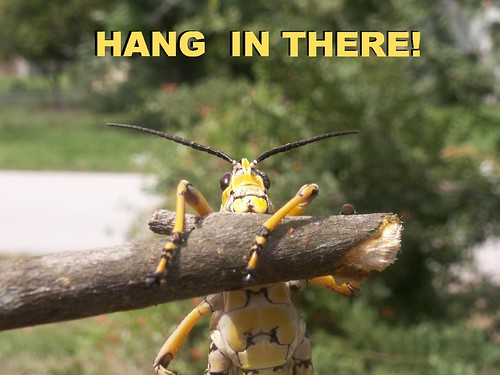
After unwittingly displacing the lubber while hedge-trimming, I'd offered it this twig to latch onto when I spotted it struggling on its back.
 |  |
Vol. 2, Deviations: Appetite
Free downloads of both volumes here.
 | Go to Manybooks.net to access Covenant and Appetite in even more formats! |

[end of entry]










0 Comments:
Post a Comment
<< Home